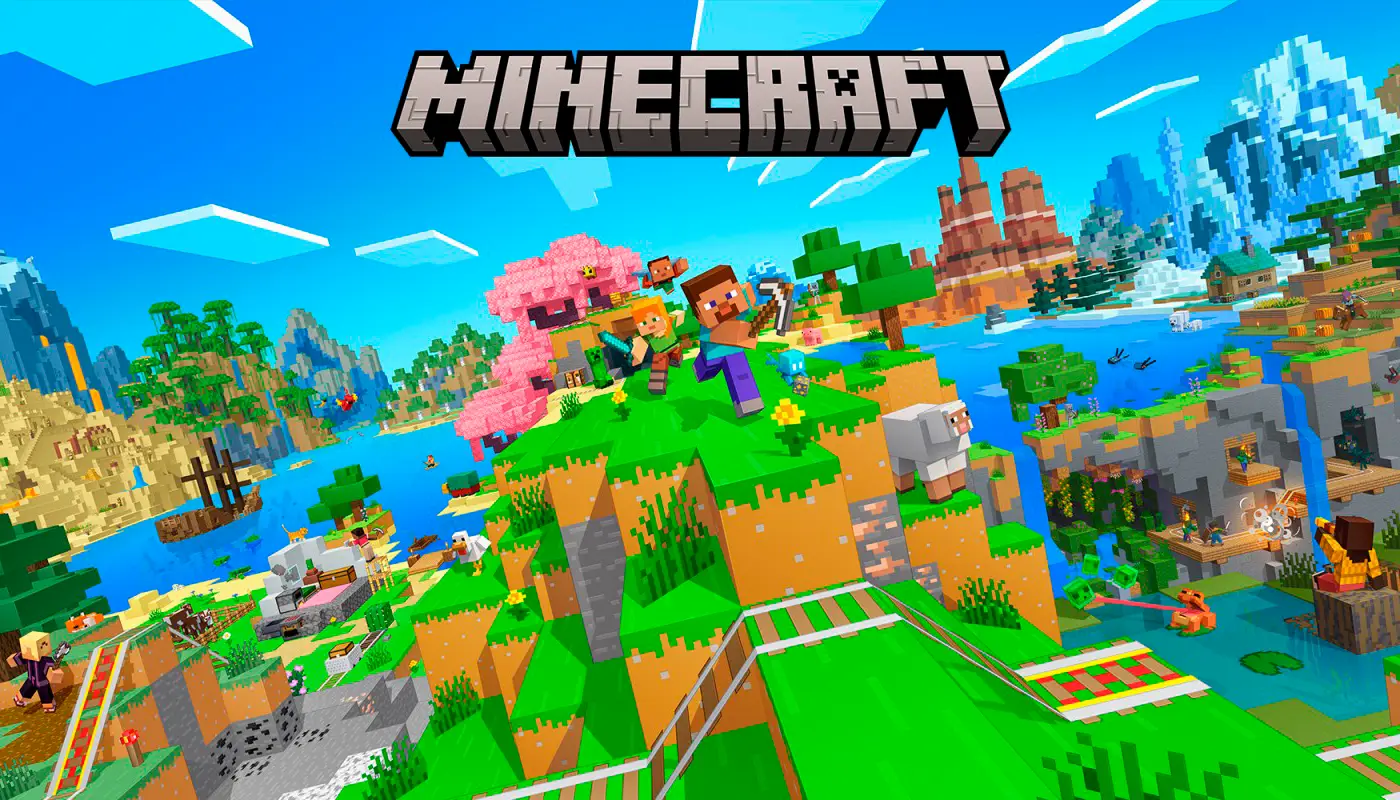Sandbox genre games shape gameplay without strict scripts, linear tasks, or mandatory paths to completion. The system provides tools, environment, and mechanics, while the player chooses goals, methods of achievement, and interaction style with the world. The key characteristic is an open structure in which the developer sets boundaries but does not dictate direction. The sandbox principle: it functions like a digital constructor. The virtual world offers elements—landscape, resources, interaction—and creates conditions for experiments. Instead of completing levels, it’s about creating your own project within the game.
Key Features of Sandbox Genre Games
The genre is characterized by several mandatory traits:

- Open world. The space is accessible from the very beginning, with minimal restrictions.
- Tools and freedom of actions. Players can build, destroy, combine, or modify objects.
- Absence of a linear plot. The plot is either minimal or adapts to the player’s actions.
- System depth. Objects and mechanics interact with each other, creating emergent effects.
- Content editor. Often includes a level editor, modifications, or items.
How to Play: Basic Interaction Logic
The gameplay requires initiative and imagination. The mechanics work not on the principle of “complete the task” but “create your task and solve it.” The sandbox learning algorithm is structured as follows:
- World exploration: map exploration, available resources, basic mechanics.
- Experiments with the environment: testing crafting, interaction with physics, growth and destruction mechanics.
- Goal setting: choosing a development vector—construction, exploration, combat actions.
- System creation: logistics formation, bases, process automation.
- Strategy evolution: transitioning from micromanagement to macro-level and mastering the world.
Sandbox genre games develop logical thinking, stimulate creative problem-solving, and enhance flexibility in strategic approaches.
List of Iconic Sandbox Genre Games
Below is a list of representatives that have shaped and solidified the popularity of sandboxes in the mainstream consciousness. These projects demonstrate the flexibility, scale, and potential of the genre:
- Minecraft. Visually minimalist but systemically deep game where crafting, building, and exploration form unlimited scenarios. Sales have exceeded 300 million copies.
- Terraria. A pixelated two-dimensional world with crafting, battles, and explorations. An example of vertical development and emergent mechanics.
- Garry’s Mod. A sandbox on the Source engine without tasks but with many objects and scenarios. The concept became a platform for modding and role-playing servers.
- Valheim. Survival in a mythological world. A combination of construction, exploration, and cooperative play in procedural generation.
- The Sims. A social sandbox where the user manages the lives, careers, and households of Sims. A separate genre class.
- Space Engineers. Constructor of space stations and ships. High level of physical modeling and engineering solutions.
- RimWorld. Colony simulator with morality systems, psychology, and random events. Special depth in building the plot through mechanics.
- Factorio. Factory sandbox emphasizing automation, logistics, and optimization.
- Scrap Mechanic. Craft mechanics focusing on transportation and engineering puzzles. Rich editing and physical simulation.
- No Man’s Sky. Exploration of a procedurally generated galaxy with billions of planets. Development, trade, survival.
Subgenres and Specialization
Sandbox genre games are divided into several major directions:
- Crafting. Focus on creating items and bases (Minecraft, Terraria).
- Social. Simulation of daily life and interactions (The Sims, Second Life).
- Engineering. Systematic logic and physical interactions (Space Engineers, Scrap Mechanic).
- Survival. Resource gathering, threat defense, and progress (Rust, Subnautica).
- City-building. Infrastructure construction and resource management (Cities: Skylines, Banished).
Each sector develops the common idea of freedom but focuses on a specific aspect: strategy, survival, mechanics, simulation, or social model.
Reasons for the Genre’s Popularity
Sandbox genre games consistently hold the audience’s attention thanks to the harmonious combination of freedom, flexibility, and gameplay depth. High engagement is created through the ability to independently set goals, choose methods, and fully control the gaming process. The user acts not according to a predefined script but based on their own initiative, creating a personalized experience. The feeling of control and autonomy forms a strong emotional connection with the game world.
The genre does not impose strict boundaries and scripts, turning each session into an act of creativity. Building unique structures, modeling systems, experimenting with mechanics—all of this transforms the game into an interactive canvas where the user draws their own rules. The open structure allows self-expression through architecture, design, and process organization.
Long-term replayability is ensured not by the number of levels or missions but by the variety of interaction options. Since the gaming experience never repeats exactly, interest is maintained even after hundreds of hours. New ideas, fresh problem-solving approaches, unexpected behavior of systems and objects—all of this keeps the interest alive and eliminates monotony. The absence of a predetermined ending makes each session launch fresh and unpredictable.
Playing sandbox genre games stimulates not only action but also analysis. Constant designing, logical planning, and iterations develop active thinking. The mechanics in such projects often require considering multiple variables, managing resources, and testing hypotheses. The functionality shapes a skill for a systematic approach and encourages engineering creativity.
The Future of Sandbox Genre Games
With each passing year, the architecture of projects becomes increasingly complex. Development vectors include:

- Integration of AI for dynamic world reactions.
- Expansion of multiplayer interactions.
- Incorporation of user-generated content as a standard feature.
- Modular worlds that change based on player actions.
- Cross-platform compatibility and cloud progress saving.
Innovative technologies stimulate new formats and create even more extensive digital sandboxes capable of adapting to any interaction style.
Conclusion
Sandbox genre games change the logic of interacting with virtual environments. Instead of a rigid script, the world serves as a tool. The goal is the process. That’s why the genre remains relevant, expands horizons, and continues to influence the development of the entire industry.
 en
en  ru
ru  de
de  ar
ar  es
es  nl
nl  hi
hi  fr
fr  it
it  pt
pt  el
el 



